Zara Marketing Strategy - To Be The World's Top Fashion Retailer
In a very short time, Zara has become one of the most successful fashion retail brands in the world. With the dramatic introduction of “fast fashion” - which are affordable and stylish clothes, Zara was able to create a passion for fashion amongst a broad spectrum of customers. Kids, women, men, elders, all age groups, and cultures can try out Zara’s items just to love them. The result is the brand’s sales keep getting higher, and the market share keeps increasing.
To achieve such spectacular results, Zara doesn’t market itself the way other fashion brands do. It has a clever marketing strategy that can differentiate itself and find higher visibility as well as loyalty. There are many factors that contribute to the success of Zara, but one key strength is definitely Zara’s marketing method that focuses on the customers.
So, what is so special about Zara’s marketing strategy that can turn it into a global fashion powerhouse as today? That is what I’m going to show you in this article. Read on to find out more about Zara’s secrets and try applying them to your own brand.
Zara introduction
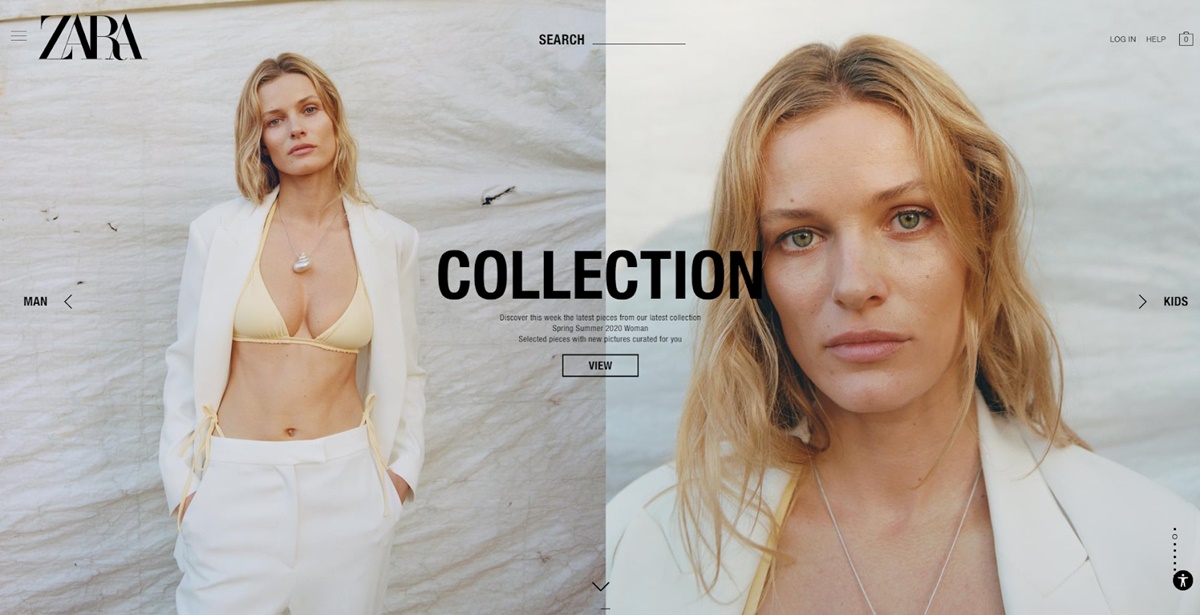
Zara was founded in 1975 by two founders Amancio Ortega and Rosalía Mera, as a family business in Galicia, a city of Spain. Its first store already featured low-priced lookalike products of high-end brands. In the next decades, Zara’s business model gradually earned a reputation among Spanish consumers, with nine more stores in Spain’s most prominent cities.
In 1985, Zara was incorporated into Inditex as a holding company and started expanding worldwide with a better distribution system that quickly reacted to the fashion industry’s shifting market trends. Ortega created a new working process that is called “instant fashion,” - which could reduce lead times and adapt to new trends in shorter periods. This was driven by investments in information technology and utilizing designer groups.
The following decade saw the rapid expansion of Zara into global markets, including the US, France, Portugal, Mexico, Greece, Sweden, Belgium, Cyprus, Malta, Norway, and Israel. Now, there is hardly a developed country that doesn’t have a Zara store. Across 96 countries, Zara’s fashion empire has over 200+ stores and is the world’s largest fashion retailer. The founder Amancio Ortega is currently the sixth richest man in the world.
In 2019, the Zara brand’s value was approximately calculated at 16.5 billion euros. The parent company Inditex also has other fashion brands in its portfolio, such as Zara Home, Pull & Bear, Massimo Dutti, Bershka, Oysho, Bershaka, and Uterqüe. The total revenue of Inditex in 2019 is estimated to be 23.31 billion euros.
Zara’s positioning on the market

With a modern approach towards fashion, Zara highly targets young customers as its main customer group, especially the millennials. Understanding that they want trendy but affordable fashion items, Zara sharply provides the latest styles at low prices. But the quality is not compromised, the fabric used is still of sufficiently good quality but meant to be used for just one season.
Compared to average retailers, Zara provides a significantly larger assortment of styles and designs with over 450 million products per year. The items have their own fashion seasons that come and go even faster than the rest of the fashion world. Women typically love the ideas by being more than half of Zara’s target market, mainly because they prefer to change their styles once in a while more. The highly responsive supply chain of Zara ships new products to stores twice a week, giving buyers constant new options.
By understanding the target customers and providing a new way for fashion, Zara has successfully positioned itself as a stylish, affordable, and quick-changing fashion brand for the younger generation.
Zara 4p’s marketing strategy

To get a better understanding of Zara’s marketing strategy, we need to see all the important sides of marketing. This leads us to a traditional marketing research method, which is called the 4p’s strategy, which includes products, place, price, and promotion. Let’s see how Zara strategizes in these four sections.
Products
Zara is an “instant fashion” brand, which means it identifies the latest fashion trends and brings the design to its stores quickly at reasonable prices. This is the source of the brand’s quick growth and reputation. The brand’s products look somewhat similar to the hottest items in the market, but they have different traits depending on specific markets. Zara does its research before releasing anything to suit the local culture and people’s tastes.
In short, Zara products have the latest styles, trending designs, affordable prices, and local-adapted tastes.
Place
Zara has nearly 3000 stores worldwide, but the even more incredible fact is that it is a vertically integrated retailer. This means Zara does all of the designs, manufacturing, and distribution itself without third-party suppliers. This brings the same environment and experience for customers everywhere. Its store’s design is modern, luxurious, and predominantly white.
Online selling has been carefully planned and limited to specific countries as well. This creates a throughout strategy for the company’s growth, and it seems to work because Zara has managed to establish itself as one leading fashion retailer globally.
Price
Zara’s pricing strategy focuses on the average shopper that wants the latest fashion items at affordable prices. So its prices have to be catered to the price-sensitive buyers as well. The pricing strategy that Zara applied helped its products meet the needs of a very large consumer segment. But Zara doesn’t compromise the product’s quality, so it will be lower when compared to other brands such as Hugo Boss or Uniqlo.
Some Zara stores have very premium pricing, whereas others have much more affordable prices, based on the locations and targeted customers. Zara is able to maintain a good pricing strategy by optimizing development and distribution costs. This creates a unique brand image and grows the brand’s market share faster, especially among millennials.
Promotion
One thing to note is that Zara spends very little on promotion campaigns compared to average fashion retailers. It just simply doesn’t market itself as aggressively as other companies. But this doesn’t mean it has no focus on marketing. Zara mainly focuses on opening new stores and word of mouth. The key promotion strategy of Zara is based on experience, exclusivity, affordability, and differentiation.
This strategy is visible through the attention to each detail of its showrooms. Everything is precise, professional, and elegant. Every store manager can talk directly to its counterparts in Spain regarding the situation. By focusing on the brand’s core qualities towards buyers, Zara can build its popularity with an effective brand image. When it comes to promotion, Zara has also used the power of social media channels effectively.
Zara’s marketing tactics
For Zara, it is not about how much it spends on advertising, but it is all about the customer. How Zara can provide an experience for the customer in every place of existence is what the brand has focused on since day one. Here are five marketing tactics that Zara has implemented to achieve that goal.
Focus on customer’s experience

Product used to be the focal point of every business, but not anymore. In the new economy, the customer’s experience matters more than the product itself in the mind of the shopper. And Zara fully understands this. It tries to capitalize on the store experience by always offering reasons for the buyers to revisit the stores. A Zara’s loyal customer can visit the store about six times per year.
Zara’s fast-fashion formula provides frictionless shopping experience in a highly curated environment that offers limited supply and new styles that rotate continuously. Shoppers feel like if they buy items from Zara, other people won’t have the same outfit. So not only buyers are trendy, but they are also unique, which sounds pretty cool like being in a cool kids’ club.
Value for the price
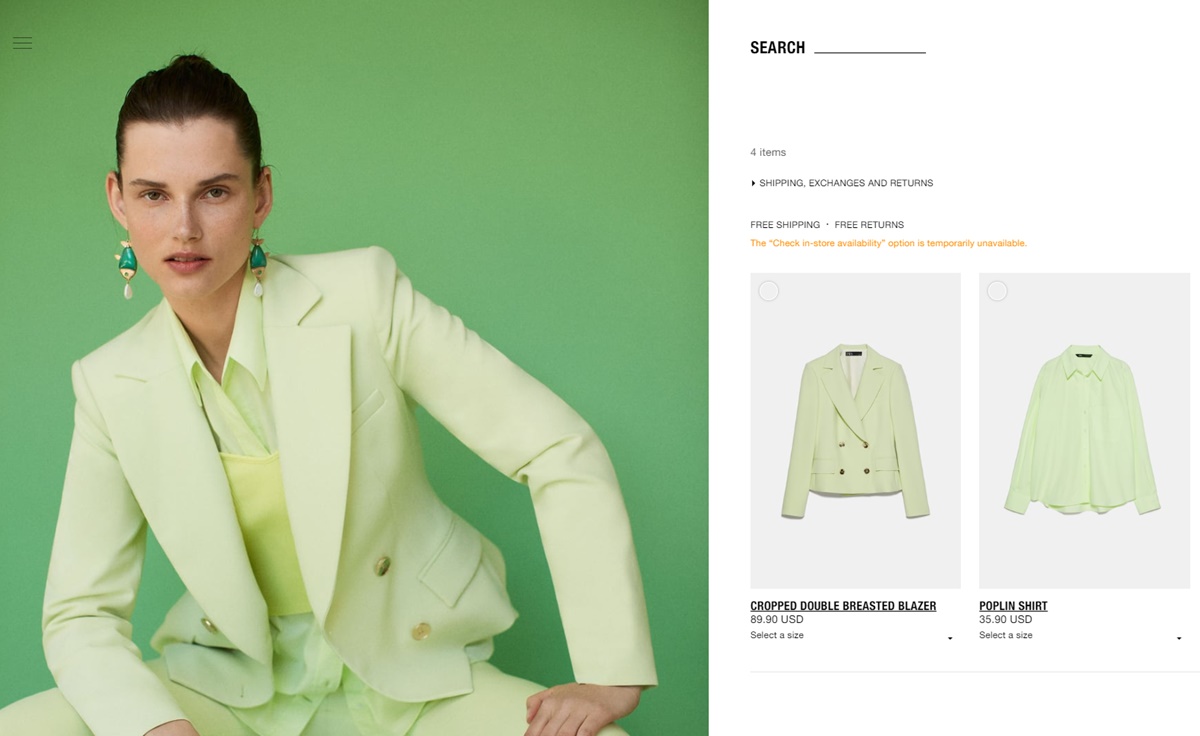
Many fashion brands try to be innovators and the leaders of a new movement, but Zara takes a completely different approach. It doesn’t want to be a trendsetter; it just wants to be a fashion company that customers need. Buyers now want an item’s value to be beyond price, with more time-saving and convenience.
Zara has a deep understanding of these values and delivers affordable high fashion items in just two weeks. That translates into a great brand with high values for customers. Through this approach, Zara can earn many loyal buyers that are less price-sensitive and return a higher profit margin.
Zara is not the cheapest in the fast-fashion industry, but it delivers trend-right products at appealing prices consistently, which makes it have the best-branded value.
The power of brand loyalty
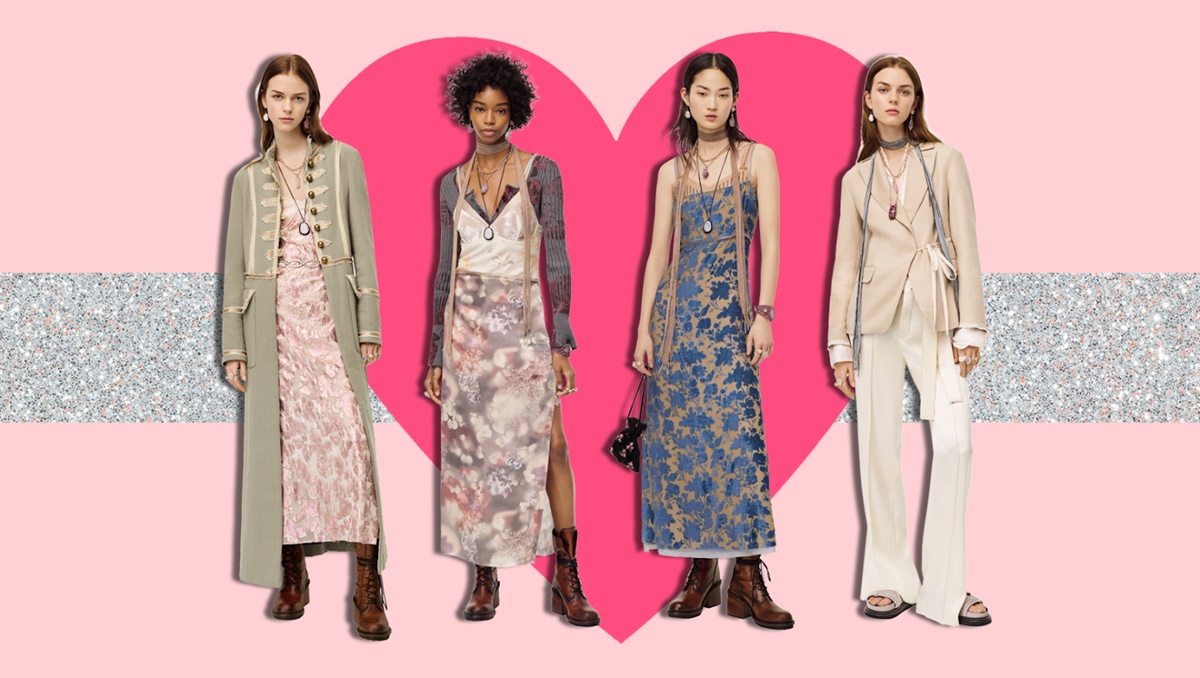
Speaking of loyal customers, Zara’s meaningful experience and values tap the potential of frequent buyers to promote the brand. Rather than spending more on pushing marketing out (it only spends about 0.3% of sales on advertising), Zara pulls customers in and turns them into brand evangelists to spread word of mouth about the brand.
On social media channels, Zara has over 28 million Facebook followers, over 39 million on Instagram, and over one million on Twitter. These are used to analyze what is on trend or being said on social platforms. This is used to improve operations, services, and products to keep customers satisfied.
Convenient physical store locations
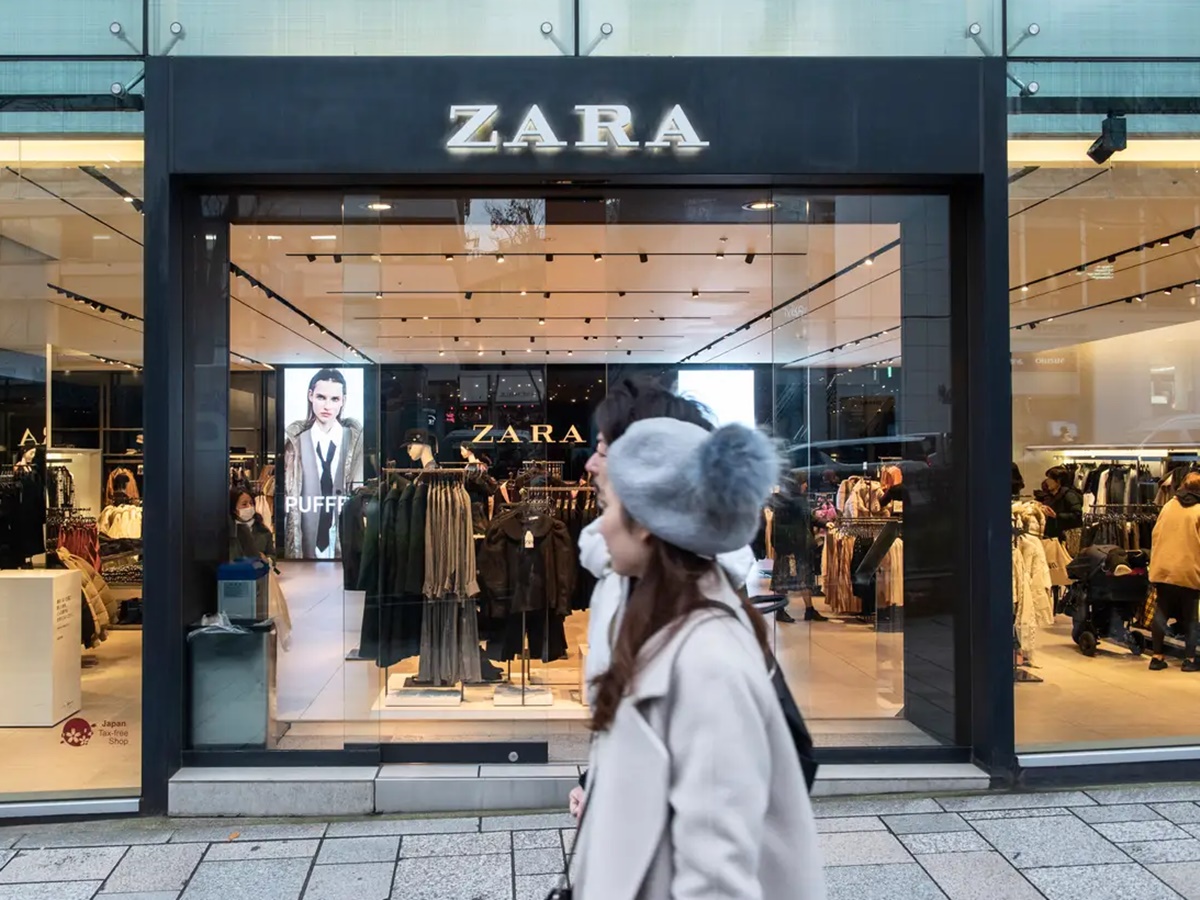
While Zara doesn’t spend much on advertising and promoting, it invests heavily in the location and appearance of 2,250 stores around the world. Not only that, but Zara also delivers the brand experience and products when and where the buyers demand it. Through technology and mobile connectivity, shoppers can access inventory not present in their locations conveniently. It currently has 39 online markets.
The location strategy of Zara is to put stores in high-street retail areas of major metropolitan cities. The stores are likely to be near high-end fashion brand stores. Zara has the courage to continually strengthen its portfolio by closing underperforming stores and opening new markets, so its flagship stores keep the reputation among loyal shoppers.
Data analysis
Data is and always will be a key factor in big companies’ decisions. It is the first-hand ear to the ground on buyers and market trends, as well as a tool to plan the next steps. Zara has a highly evolved data infrastructure that can analyze what is selling and trending on social media platforms. This is used to improve various aspects of the business from services to product offerings. It is a two-way communication that allows for continual improvement.
Zara tries to connect with customers at every opportunity to provide the best experience possible. This strategy is effective for the company’s decision making process as the brand knows and understands the customer’s mind.
Zara’s noteworthy campaigns
As you can see, Zara doesn’t have many marketing campaigns such as other fashion brands. However, brand communication is crucial in Zara’s marketing strategies. While the following examples may not meet the traditional criteria of a marketing campaign, they demonstrate the strategy that Zara pursues very well.
Zara relentlessly focuses on the customer
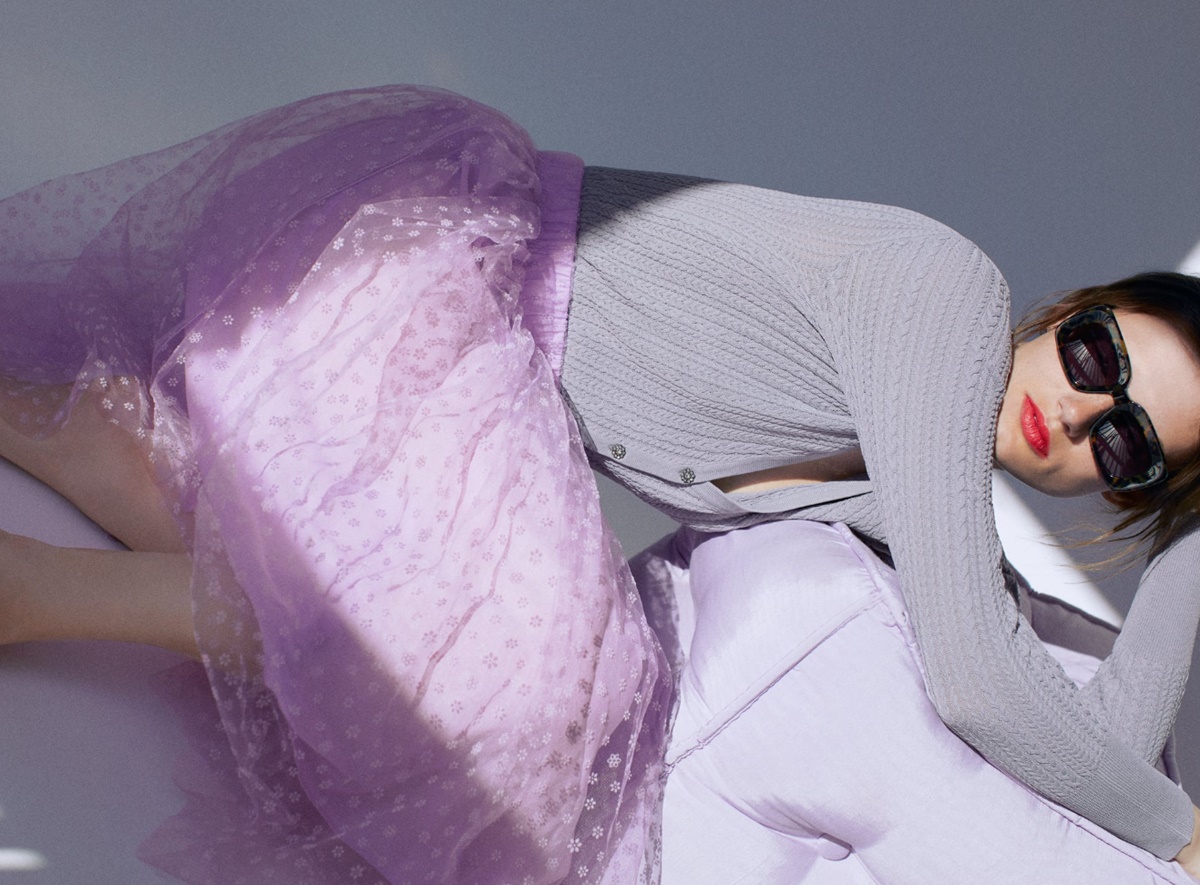
The product creation process of Zara involves customers’ needs heavily, and it is at the core of the brand’s success today. A fascinating story that can show this is how Zara creates its products to leverage the buyers’ input. In 2015, a Zara store in Tokyo received a lady named Miko who asked for a pink scarf, but there was none. The same happened in Toronto, San Francisco, and Frankfurt, with customers asking for a pink scarf but couldn’t get one.
7 days later, all Zara stores worldwide started selling pink scarves. 500,000 items were stocked and sold out in just three days. With the right insight at the right time and direct access to the production chain, Zara could launch new designs at lightning-fast speed and provided exactly what customers needed.
Zara customizes its products for specific buyers
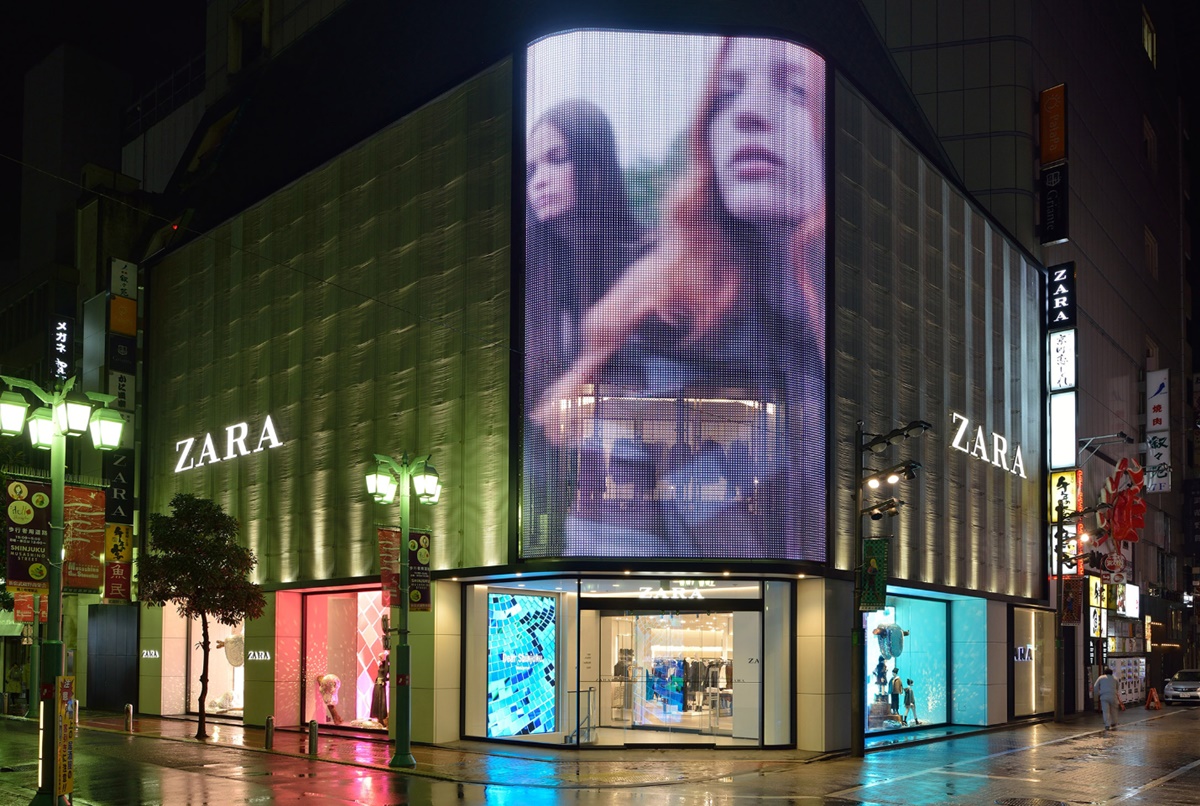
To gain more information about the customers, Zara empowers its store managers and employees to be super sensitive to customer needs and wants and reports on how customers enact in the stores. The sales associates and store managers are at the front of buyer research with comments, ideas, and new styles that visitors are wearing.
Based on this research capability, Zara’s products in every store reflect unique customers’ needs in terms of physical, culture, or climate. For example, Japan stores have smaller sizes, Arab stores have special women’s clothes, South America stores have different seasonal products.
Zara is revolutionizing its products even more
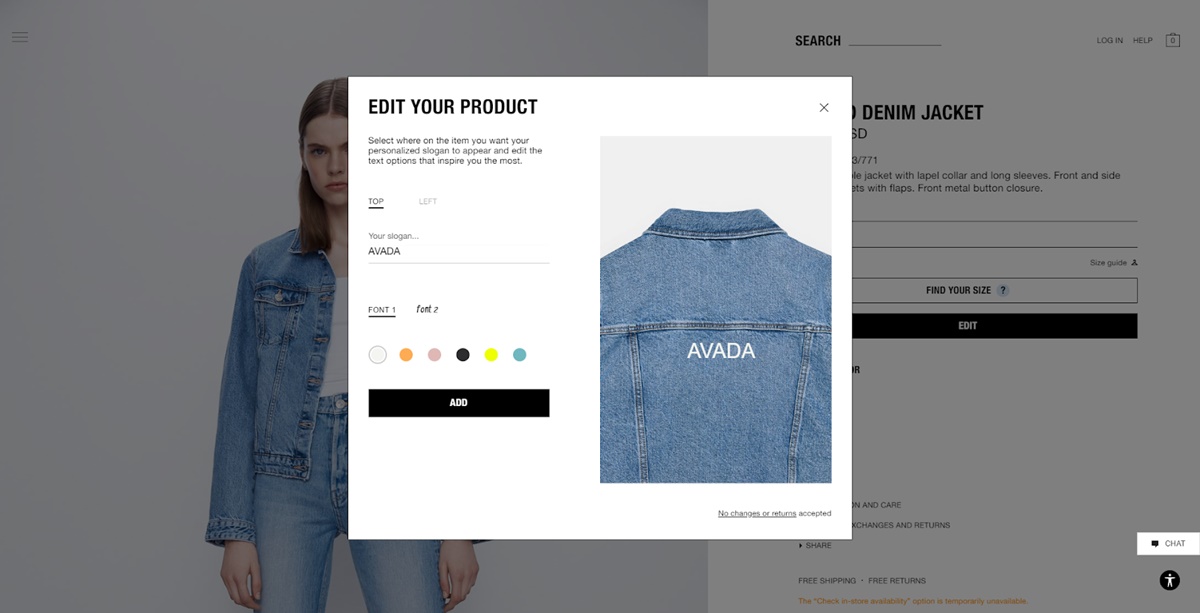
In 2019, Zara introduced the “Edited” collection, which lets buyers personalize their clothes with custom stitched names or phrases. The whole editorial process is done online with a newly released 28 item collection. Users can insert up to 11 letters, for free. The texts have two separate fonts that can be placed in many different positions on the garments, including crew neck sweaters, denim jackets, and jeans. Kids versions are available too.
This is one of Zara’s first steps to move into online selling more, and it received good feedback from the customers. So we can hope for more in the future.
What you can learn from Zara
Here is a quick recap of what you can learn from Zara’s marketing strategy:
- Zara is an instant fashion brand that focuses on providing what buyers need faster than everyone else.
- Zara relentlessly tries to provide the best customer experience.
- Zara spends little in advertising but focuses on locations’ uniqueness.
- Zara uses data to understand customers’ insights and current trends.
Furthermore, elevate your fashion business by exploring our list of the best wholesale clothing vendors and suppliers for quality products
Final words
The Zara brand was created with a keen focus on customer experience - which leads to its ability to provide trendy fashion quickly at affordable prices. In addition to a super-effective supply chain, Zara also involves customers in the design process and provides a unique competitive advantage. Fashion trends come and fade quickly, but Zara is always able to quickly jump on the wave and bring exactly what buyers desperately need to buy.
In a world of big data and quick decisions, I can only imagine more and more brands taking Zara’s approach in product development as well as customer service. That said, it is a challenge for Zara in the future to adapt to a changing market. The “fast fashion” philosophy will be put into test in the future, and I’m looking forward to seeing how Zara adjusts its marketing strategy.
How about you? What have you learned from Zara’s marketing strategy? Will you apply something to your own business? Share your thoughts in the comments section below, and I would love to have a conversation. Thanks for reading!
New Posts







